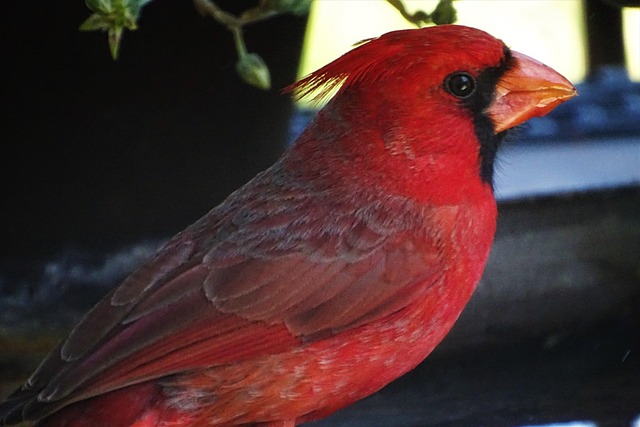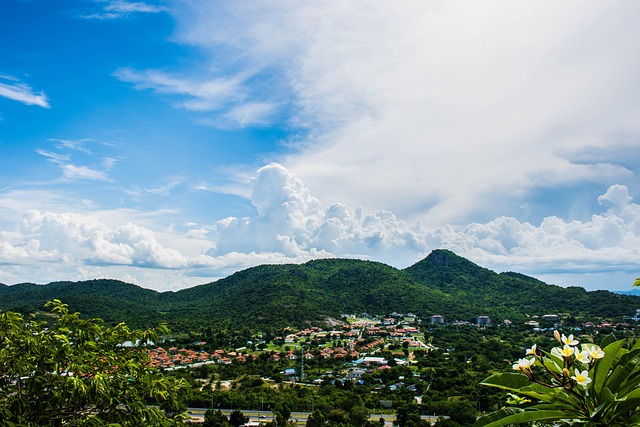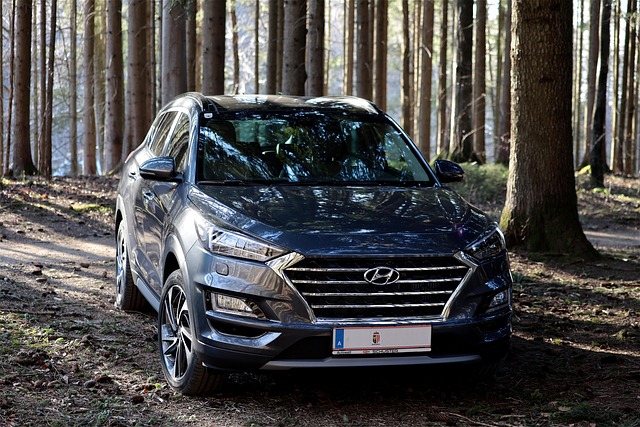Revitalizing downtown areas through strategic real estate investments transforms underutilized properties into thriving spaces. Developers can rehabilitate buildings, create mixed-use areas, and boost property values while fostering community engagement. Key strategies include converting industrial sites to modern living spaces, preserving historic structures for commercial use, and developing public areas for cultural events. A vibrant arts scene attracts diverse residents and visitors, boosting local businesses and property values, making downtowns dynamic and desirable places to live and work. For long-term success, a multifaceted approach integrating economic development with cultural vibrancy is essential, including mixed-use developments, infrastructure upgrades, community engagement, and regular strategy evaluation.
“Discover the pulsating heart of urban renewal in bustling downtown areas across the nation. This revitalized tapestry is woven with vibrant arts scenes and revitalized real estate, transforming former industrial hubs into cultural hotspots.
Explore the strategic role of real estate development in breathing new life into these spaces, fostering community engagement, and creating sustainable, thriving urban centers. Uncover strategies to maintain this momentum and ensure long-term success for these dynamic environments.”
The Role of Real Estate in Downtown Revitalization

Revitalizing a downtown area often begins with real estate, as this sector plays a pivotal role in transforming a neighborhood. Investing in underutilized or abandoned properties can spark economic growth and attract new businesses. Property developers and investors have the opportunity to breathe new life into these areas by rehabilitating buildings and creating mixed-use spaces that cater to residents, workers, and visitors alike. This process not only increases property values but also fosters a sense of community and belonging.
Real estate strategies in downtown revitalization include converting old industrial sites into modern lofts and apartments, revitalizing historic structures for commercial use, and developing public spaces that encourage interaction and cultural events. These initiatives create a vibrant urban landscape where people gather, work, and play, ultimately contributing to the success and sustainability of the local economy.
Fostering an Vibrant Arts Scene

A thriving arts scene is a key component in any successful downtown revitalization strategy, and it can significantly impact the real estate market. By fostering a vibrant community for artists and cultural events, cities can attract a diverse range of residents and visitors, boosting local businesses and property values. The energy and creativity associated with an active arts scene draw people to live, work, and play in these areas, creating a dynamic and desirable urban environment.
This can be achieved through various initiatives, such as converting underutilized spaces into galleries or performance venues, supporting street art and public installations, and organizing regular festivals, exhibitions, and cultural workshops. These activities not only enrich the lives of locals but also position the city as a cultural hub, enticing tourists and potential investors. A bustling arts scene becomes an integral part of the downtown identity, making it an attractive place to call home.
Strategies for Sustaining Long-Term Success

To sustain long-term success in downtown revitalization and arts scene projects, it’s crucial to implement multifaceted strategies that intertwine economic development with cultural vibrancy. One key approach is fostering a diverse and thriving real estate market, including mixed-use developments that blend residential, commercial, and artistic spaces. This synergistic mix attracts a broad range of residents, workers, and visitors, creating a dynamic 24/7 environment. Additionally, investing in infrastructure upgrades and public art installations not only enhances the physical landscape but also contributes to a sense of community and pride among locals.
Community engagement is another vital component. Collaborative efforts between local artists, businesses, and government bodies can help ensure that revitalization initiatives remain aligned with the unique character and aspirations of the neighborhood. Offering incentives for arts-focused ventures, such as tax breaks or low-cost rental spaces, can attract and retain creative minds, further enriching the city’s cultural fabric. Regularly evaluating and adapting these strategies based on feedback and changing trends will be essential to guarantee sustained vitality and appeal over time.






